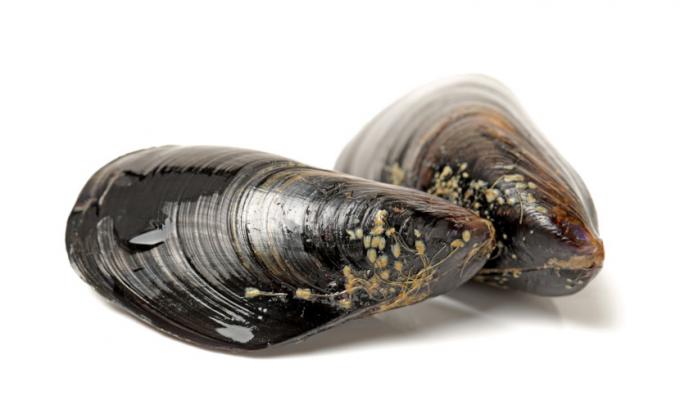We all belong, within the Animal Kingdom, to the class of mammals. Therefore, when we are born, our first food is milk, which is very important to us because of its chemical composition. Even after the first years of life, this drink is still present in the diet of a large part of the population.
In this text we are going to talk about several important aspects of milk. Do you really know what milk is? You know the chemistry of this drink? Do you know the importance of each of the substances present in it? Let's clear up each of these facts now!
milk is a heterogeneous mixture (which has more than one phase or visual appearance) is predominantly white and has several different chemical substances in its constitution. The presence or not of some substances in milk depends on some factors, such as:
animal breed
the animal species
The lactation period (milk production)
The type of food the animal receives
the season of the year
The climate of the region
the chemistry of milk it is mainly related to each of the substances present in that food. As the most consumed milk in our daily lives comes from cattle, we will emphasize the substances present in this type of milk:
Water (promotes hydration);
Proteins (mainly lactalbumin, lactoglobulin and casein);
Carbohydrates (the main one being lactose);

Chemical structure of lactose
Fat (called triacylglycerol);
Vitamins (such as A, K, D, B1, B2 and E);

Chemical formulas of milk vitamins
mineral salts (such as potassium, sodium, phosphorus, calcium and magnesium).
Each of the substances mentioned above have important functions for the human body. The table below provides a summary of these functions, demonstrating how important milk intake is:
Substance |
general importance |
Lactose |
aids in the absorption of calcium in the body |
Triacylglycerol |
power reserve |
Vitamin A |
improves retinal functions |
Vitamin K |
acts on blood clotting |
Vitamin D |
regulates calcium in blood and bones |
Vitamin B1 |
helps metabolize sugar |
Vitamin B2 |
protects the nervous system |
Vitamin E |
acts as an oxidizing agent |
Potassium |
acts on the muscular system |
Sodium |
prevents blood clotting |
Magnesium |
bone and tooth formation |
Phosphor |
important for nervous and muscular system functions. |
Calcium |
bone and tooth formation |
As we can see, milk is a food very rich in chemical substances that play fundamental roles in our body. Still, the chemistry of milk it doesn't stop there. There are still several interesting chemical and physical properties in this food, such as:
It has a slight acidity;
It has a density slightly higher than that of pure water;
It is more viscous than plain water;
Freezes at a temperature of approximately -0.531OÇ;
It boils at a temperature of approximately -101OÇ.
By Me. Diogo Lopes Dias


